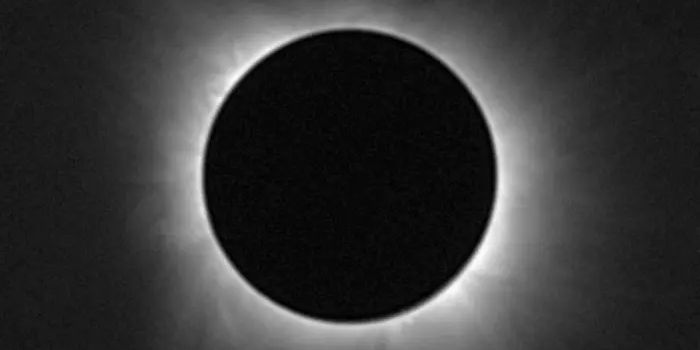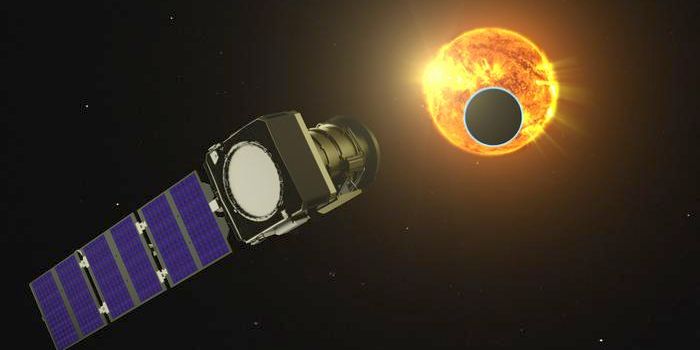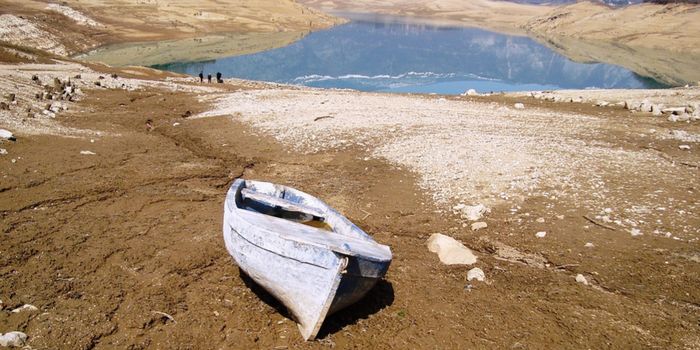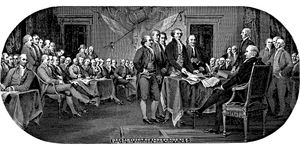This Day in Science History: The Original Radium Girl- The Death of Marie Curie

This pioneering Polish scientist was not only considered a great scientist but is considered a role model to many women in STEM. At the time, because of her sex, it was considered improper for her to pursue this career, and women, in general, were often thought too idealistic and maudlin for objective science.
Born in Warsaw in 1867, she specialized in physics and mathematics during her undergraduate studies. She was also one of the first women to earn a Ph.D., and the first European woman to earn her doctoral degree. Her second Nobel Prize was later awarded for her efforts in the field of chemistry.
Raised in Poland and highly talented in both literature and math, she was not able to attend schools in Poland traditionally, but her father fueled her curiosity. Instead, she was a student of the Floating (or flying) University, now famously known for providing education in various locations while eluding Czarist authorities. After saving enough money, she afforded a train to Paris and attended the Faculty des Science at Sorbonne. Soon after she finished her education, she met Pierre Curie, a match made in scientific harmony. This was the beginning of a wonderful partnership with Pierre focusing on physics and Marie on chemistry.
She published her first paper on the magnetism of tempered steel for the Society for the Encouragement of the National Industry. Working together in a beyond sub-adequate shed for a lab, Pierre joined her research, and the pair began investigating radiating uranium ore which led to the discovery of radium and polonium.
Originally mixed with other elements (bismuth and barium), they sought to isolate radium and polonium, which they were able to do after collaborating with the Central Chemical Products Company. By using the mining waste provided to them locally, they were able to isolate and concentrate the elements singularly, and radium became radium salts, marketed for medical uses. However, she was not able to isolate polonium with a shelf life of only 135 days.
The first plant for producing radium was constructed in France, but after the introduction of radiotherapy developed for medical purposes, manufacturers and producers were established in other countries. Failing to link their stacking health and pain problems to the radium they were working with, both Marie and her husband ended up with several chronic pains and illnesses. After the tragic death of her husband, Marie continued her work in isolating radioactive elements. She spent her life proving radium was one element rather than a compound of elements. She eventually took over his position at Sorbonne becoming the first woman to teach at the institution.
Establishing a lab in honor of Pierre, she became supervisor to the radioactive laboratory and conceived the Radium Institute. Come WWI, she had managed to convince automobile shops to transform vans into x-ray machines, providing mobile x-rays during the war effort.
Succumbing to double cataracts and a rare blood disorder, aplastic anemia, for which there was no cure available at the time, she eventually passed on July 4th, 1934. Originally interred in the same cemetery as her husband, she was re-interred at the pantheon in Paris. She is the first woman to be interred with France’s most prominent men buried there. Her notes and scientific works remain radioactive and are currently stored in a lead box to prevent further contamination. Online versions are available to those who want to read her marvelous scientific works.
Sources: Smithsonian, ScienceDirect, AIP, ACHS








